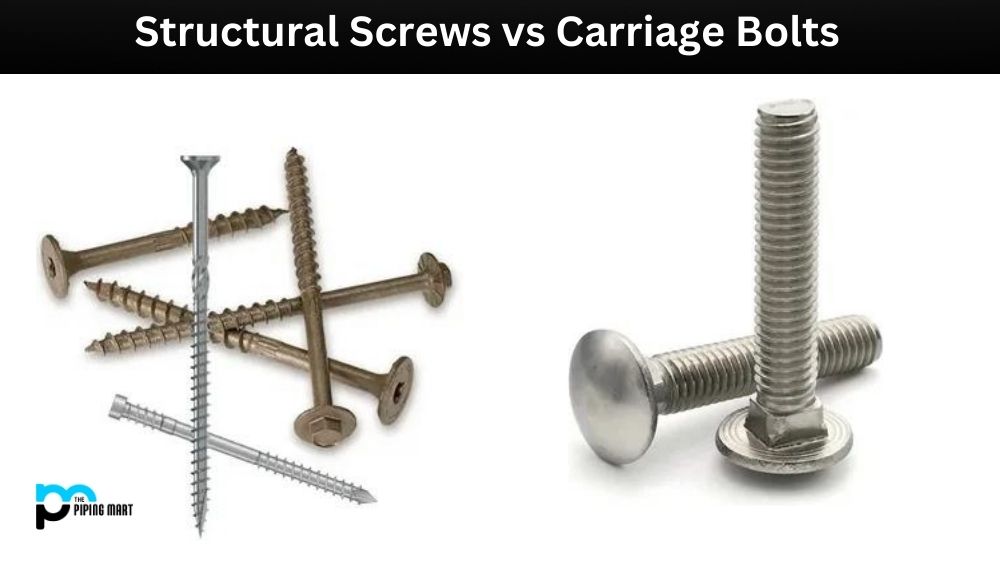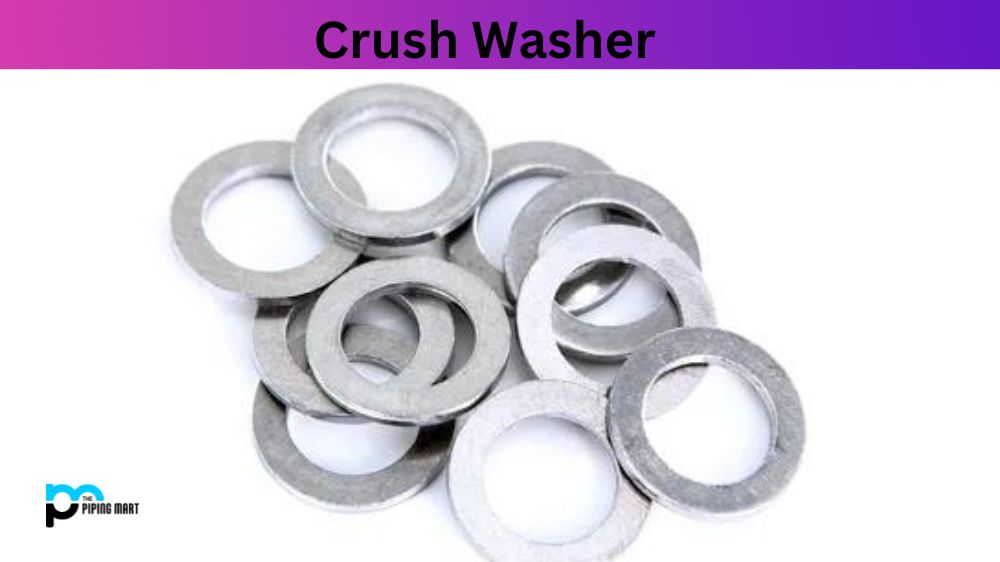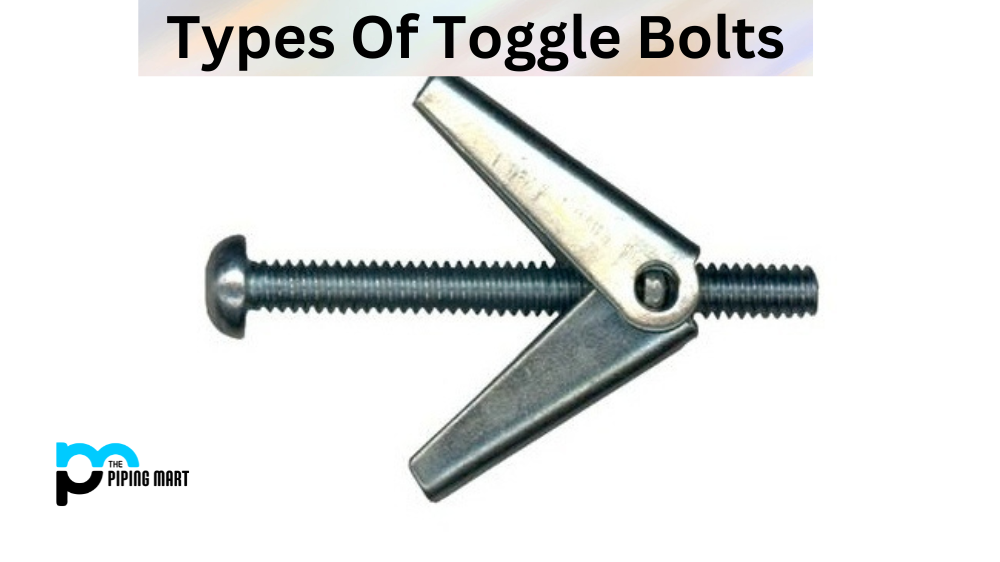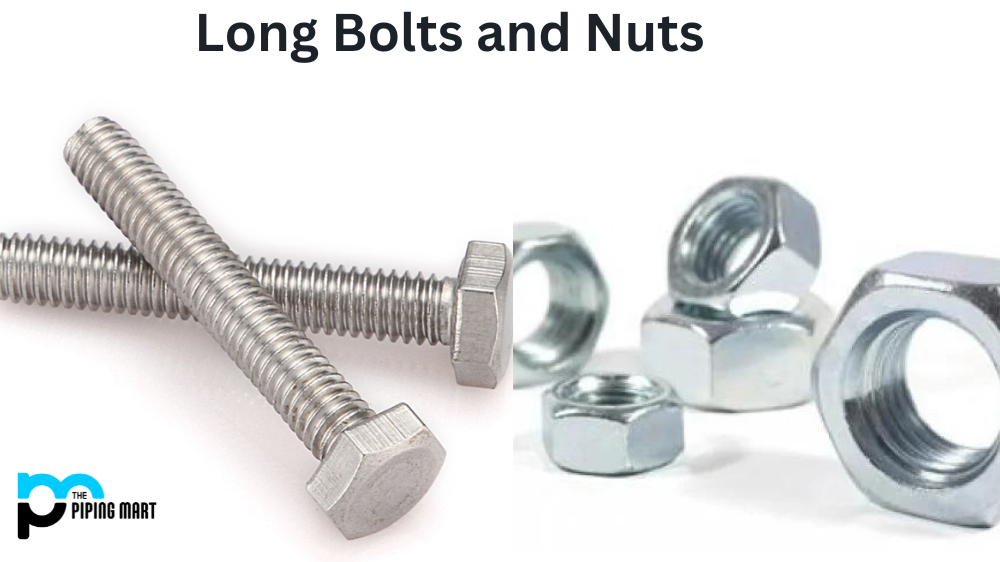Choosing the right fastener is critical when creating a sturdy and secure structure. Two of the most popular options are structural screws and carriage bolts. But which one is the better choice for your project? In this blog post, we’ll explore the differences between these two fastener types to help you make an informed decision.
What is Structural Screws?
Structural screws are specialized fasteners that provide stronger, more secure connections than traditional wood screws. They come with self-tapping threads that help create a strong clamping force to hold the material in place. In addition, they provide superior shear and pullout strength for fastening different materials such as steel, aluminium or treated lumber. Lastly, their minimal head size makes them ideal for applications where conventional holes may be too large or visible after installation.
What is Carriage Bolts?
Carriage bolts are headed fasteners with a square- or ribbed-shaped neck and are most widely used in woodworking applications. They have a large round head and a smooth neck to prevent snags and threads that run their entire length for strong and secure fastening. Additionally, they feature no exposed sharp edges, making them safe to use in many settings.
Difference Between Structural Screws and Carriage Bolts
Design:
Structural screws are designed to be used for wood-to-wood connections. They come in various lengths and thread types, are galvanized, have a large diameter than regular screws, and are designed for structural applications. Carriage bolts, however, are used for heavy-duty metal-to-wood connections. They consist of a smooth, rounded head, a shank, and a square undersize to grip the wood. Carriage bolts are commonly used in building framing and general construction.
Installation:
One of the primary differences between the two fasteners is how they are installed. Carriage bolts require pre-drilling a hole for the shank, followed by insertion through the hole. Once in place, the nut tightens the shank against the material. Structural screws, however, require no pre-drilling; they are self-tapping, and the thread design helps them move through the wood effortlessly. This feature makes structural screws faster and easier to install than carriage bolts.
Strength and Load-bearing capacity:
Regarding structural integrity, both options are incredibly strong and capable of handling considerable loads. However, steel carriage bolts provide superior shear strength and corrosion-resistant properties, making them suitable for heavy-duty applications. Structural screws provide excellent pullout resistance but may be more prone to snap under heavy loads.
Cost and Availability:
Structural screws tend to be more expensive than carriage bolts. However, when considering the time and effort saved during installation, they may be more cost-effective in the long run. Structural screws are also widely available at most hardware stores. Carriage bolts are usually found only at speciality hardware stores and suppliers.
Aesthetics:
The seamless look of carriage bolts in wood makes them preferable for many homeowners, especially for applications exposed to view. Structural screws come in different colours but have larger heads that may detract from the appearance of a finished project.
Conclusion:
When deciding between structural screws and carriage bolts, it’s crucial to consider the purpose, application, strength, ease of use, cost, and aesthetics. While both options offer different benefits, they are reliable and practical for different projects. Structural screws are preferred for wood-to-wood connections, while carriage bolts are the go-to for metal-to-wood connections. Ultimately, the final decision comes down to specific project requirements. With this post, we hope we’ve given you the information you need to decide on the right fastener for your project.
Meet Heer, a dynamic and driven writer learning tricks of her trade in the metal industry. With a background in Digital Marketing, Heer brings a unique perspective to her writing, sharing valuable insights. Apart from blogging she like reading and hiking.




